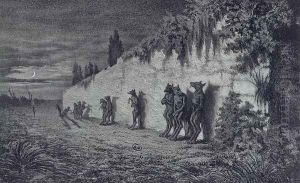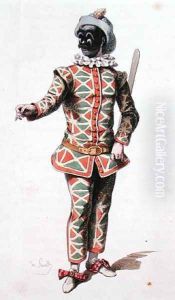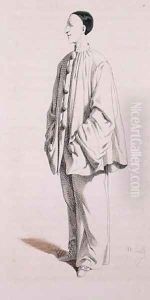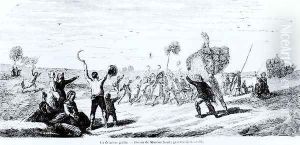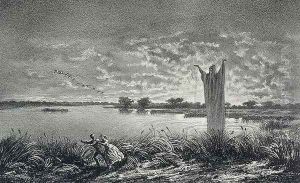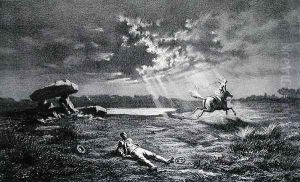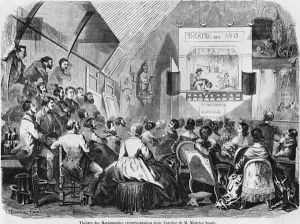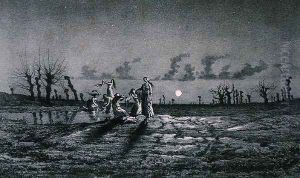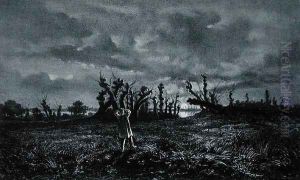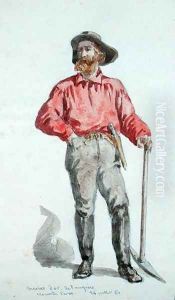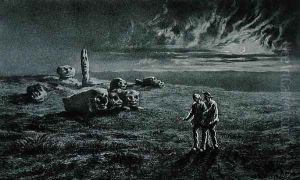Baron Dudevant Jean Francois Maurice Sand Paintings
Baron Dudevant Jean Francois Maurice Sand, most commonly known as Maurice Sand, was a French illustrator, writer, and entomologist. Born on June 26, 1823, in Paris, France, he was the son of the renowned French novelist George Sand (born Aurore Dupin) and Baron Casimir Dudevant. Growing up in an intellectually and artistically stimulating environment, Maurice was exposed to the literary and artistic circles of his time from an early age, thanks to his mother's prominent position in the French literary world.
Maurice Sand pursued his education with a focus on the arts and natural sciences, displaying a keen interest in entomology, the study of insects, alongside his artistic endeavors. He was known for his detailed illustrations of insects, contributing significantly to the field. However, his artistic talents were not confined to entomology alone. Sand was also involved in the theater, designing costumes and sets, and he wrote several plays and stories, often collaborating with his mother on various projects.
His most notable work in the literary field includes 'Masques et bouffons' (Comedy of the Renaissance), a comprehensive study on Italian commedia dell'arte, which remains a valuable resource for scholars and enthusiasts of the genre. This work not only highlights his scholarly approach to the arts but also his dedication to preserving and understanding the nuances of theatrical history.
Maurice Sand's contributions to art and literature were overshadowed by the towering legacy of his mother, George Sand, yet he carved out a distinct niche for himself through his diverse interests and talents. His works, particularly in the realms of entomology and theater, continue to be of interest to scholars for their depth of knowledge and artistic quality.
He married Lina Calamatta, who supported his artistic and scientific pursuits, and they had a family together. Despite his contributions to the arts and sciences, Maurice Sand remained a relatively private figure, dedicated to his work until his death on September 4, 1889, in Nohant, France. His legacy, while intertwined with that of his famous mother, stands on its own merits, reflecting a lifetime of dedication to exploring and understanding the natural world and the arts.
